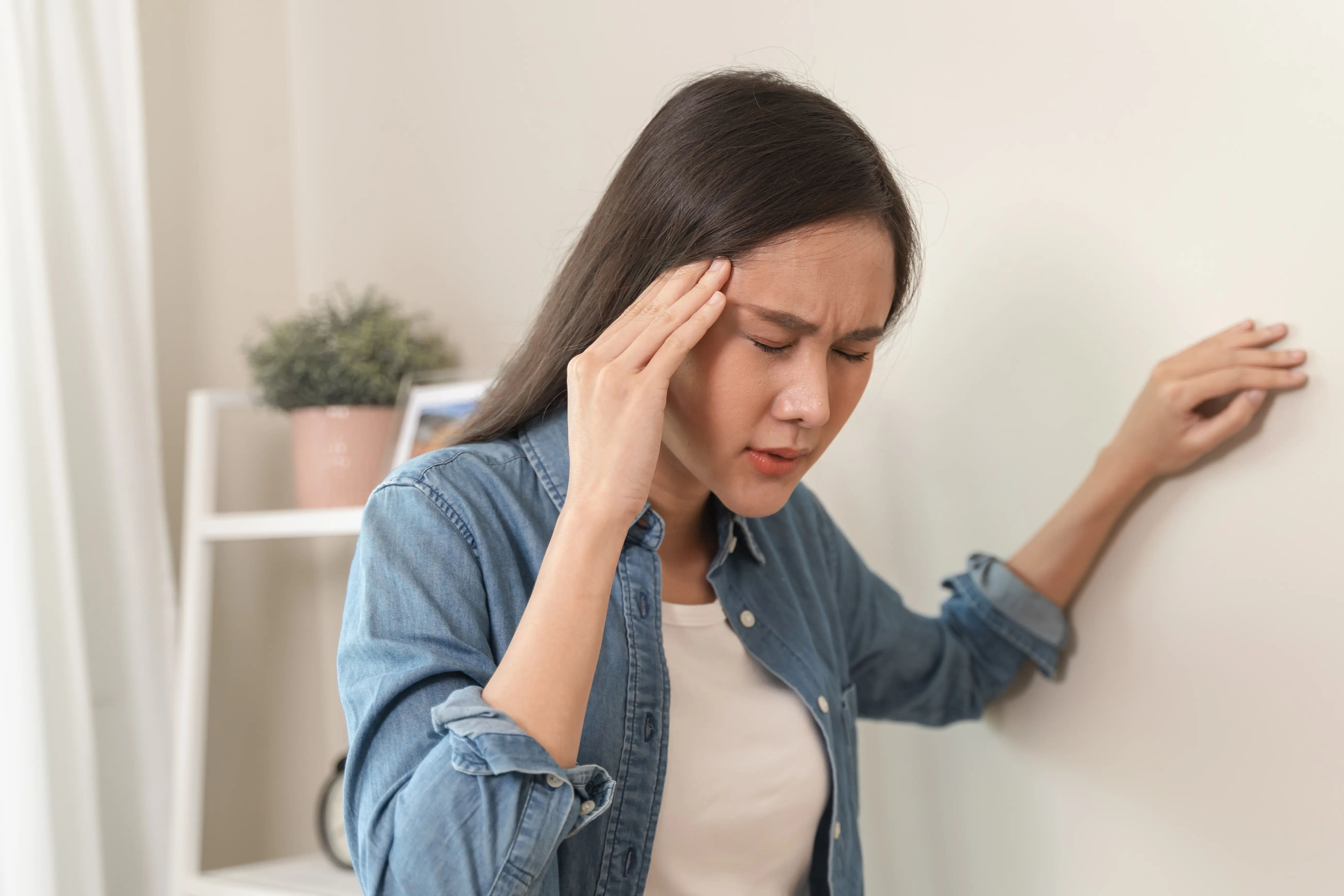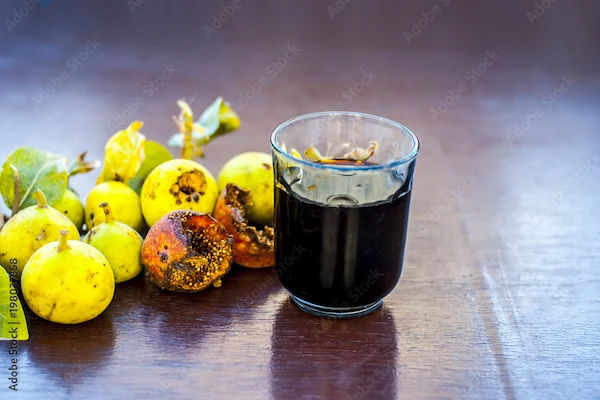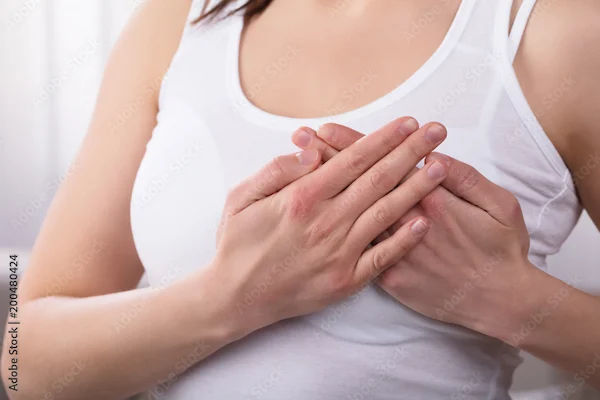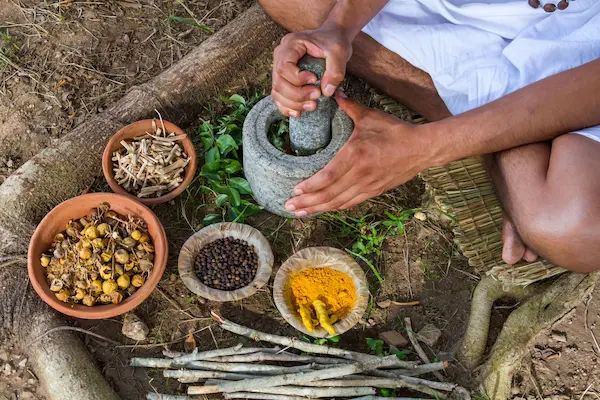Reducing PMS Symptoms Naturally Methods
Discover natural methods to reduce PMS symptoms, including diet changes, exercise, and stress relief techniques for a healthier, more balanced menstrual cycle.


Introduction
Premenstrual Syndrome (PMS) affects many women in the days leading up to their period. Symptoms like mood swings, bloating, cramps, and fatigue can make daily life challenging. While medications can help, natural methods can also provide relief without side effects. Let’s explore some simple, effective ways to manage PMS symptoms naturally.
Understanding PMS
PMS refers to a mix of physical and emotional symptoms that occur 1-2 weeks before menstruation. These symptoms usually ease once the period starts. Common signs include:
Mood changes (irritability, anxiety, sadness)
Bloating and water retention
Breast tenderness
Fatigue and trouble sleeping
Headaches or muscle aches
Food cravings
While the exact cause isn’t fully understood, hormonal fluctuations (especially estrogen and progesterone) play a key role. Stress, poor diet, and lack of exercise can worsen symptoms.
Natural Ways to Reduce PMS Symptoms
Here are some ways to reduce PMS symptoms:
1. Eat a Balanced Diet
What you eat can significantly impact PMS symptoms. Try these dietary changes:
Increase complex carbs (whole grains, fruits, veggies) to stabilise blood sugar and mood.
Reduce salt to minimise bloating.
Limit caffeine and alcohol, as they can worsen irritability and breast tenderness.
Add calcium and magnesium-rich foods (leafy greens, nuts, yoghurt) to reduce cramps and mood swings.
Omega-3 fatty acids (found in fish, flaxseeds, walnuts) help with inflammation and mood regulation.
2. Stay Hydrated
Drinking enough water helps reduce bloating and fatigue. Herbal teas like chamomile or ginger can also ease cramps and relax the body.
Health Topic Carousel:
Doctor Speciality: Gynaecology
Text: Consult Top Specialists To Reduce PMS Symptoms
3. Exercise Regularly
Physical activity boosts endorphins (happy hormones) and reduces stress. Even light exercises like walking, yoga, swimming and stretching can help relieve cramps and improve mood.
4. Manage Stress
Stress worsens PMS symptoms. Try relaxation techniques like:
Deep breathing exercises
Meditation or mindfulness
A warm bath or massage
Adequate sleep (7-9 hours)
5. Herbal Remedies & Supplements
Some natural supplements may help:
Magnesium: Eases cramps and mood swings.
Vitamin B6: Helps with fatigue and irritability.
Chasteberry (Vitex): May balance hormones (consult a doctor before use).
Evening primrose oil: Reduces breast tenderness.
6. Heat Therapy for Cramps
A heating pad or warm water bottle on the lower abdomen can relax muscles and reduce pain.
7. Track Your Symptoms
Keeping a PMS diary helps identify triggers and patterns. Note:
Mood changes
Physical symptoms
Diet and sleep habits
This can help you and your doctor find the best solutions.
When to See a Doctor?
If PMS symptoms are severe (a condition called PMDD: Premenstrual Dysphoric Disorder), or if natural remedies don’t help, consult a doctor. They may suggest:
Hormonal treatments
Pain relievers
Therapy for mood-related symptoms
Conclusion
PMS can be frustrating, but small lifestyle changes can make a big difference. Eating well, staying active, managing stress, and using natural remedies can help you feel better each month.
If you need personalised advice, consider booking a consultation with a specialist through Apollo 24|7 for expert guidance.
Health Topic Carousel:
Doctor Speciality: Gynaecology
Text: Consult Top Specialists




